The Lazarus Effect and Antiretroviral Drugs
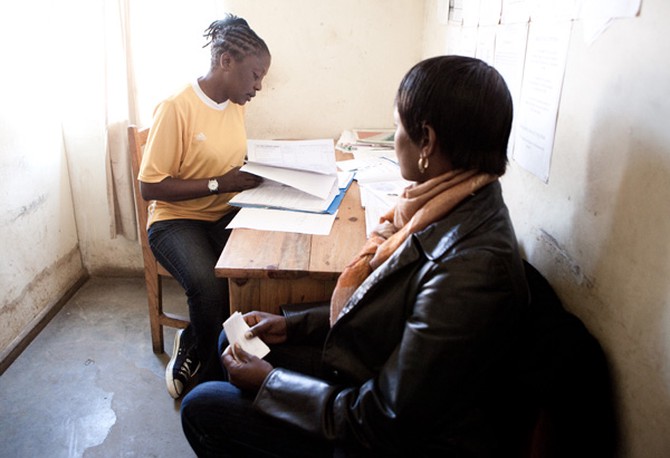
Photo: Jonx Pillemer
The documentary The Lazarus Effect—a new collaboration between (RED), HBO Documentaries, director Lance Bangs and executive producer Spike Jonze—showcases the incredible power of antiretroviral (ARV) medication. These drugs fight HIV-AIDS and literally bring people who are near death back to life.
Even though AIDS is preventable and treatable, it has killed more than 20 million people in Africa. Lifesaving antiretroviral (ARV) medication has existed for decades, but until 2002, it was prohibitively expensive to distribute to the developing world. In that year, The Global Fund was established to help eliminate AIDS (as well as TB and malaria), and in six short years, it has helped to put more than 3 million people on ARVs.
Now, the difference between life and death is only 40 cents per day—the cost to fund the ARVs. When patients are given these drugs, a phenomenal effect can happen. A person at death's door can, in just 60 to 90 days, regain full health. It's called the "Lazarus effect," and it's nothing short of miraculous.
Meet some of the people whose lives have been saved.
Even though AIDS is preventable and treatable, it has killed more than 20 million people in Africa. Lifesaving antiretroviral (ARV) medication has existed for decades, but until 2002, it was prohibitively expensive to distribute to the developing world. In that year, The Global Fund was established to help eliminate AIDS (as well as TB and malaria), and in six short years, it has helped to put more than 3 million people on ARVs.
Now, the difference between life and death is only 40 cents per day—the cost to fund the ARVs. When patients are given these drugs, a phenomenal effect can happen. A person at death's door can, in just 60 to 90 days, regain full health. It's called the "Lazarus effect," and it's nothing short of miraculous.
Meet some of the people whose lives have been saved.
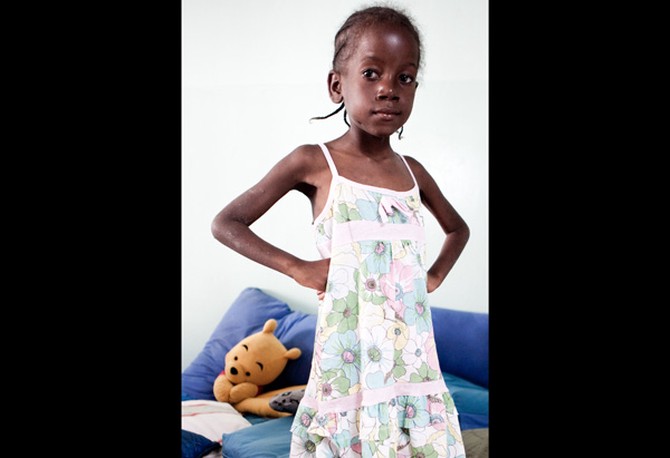
Photo: Jonx Pillemer
Bwalya Liteta, Before
Bwalya Liteta, an 11-year-old orphan from Zambia, was brought to a clinic by her aunt in April 2009. The nurses said she was the size of a 5-year-old. Bwalya was diagnosed with HIV and began ARV soon after.
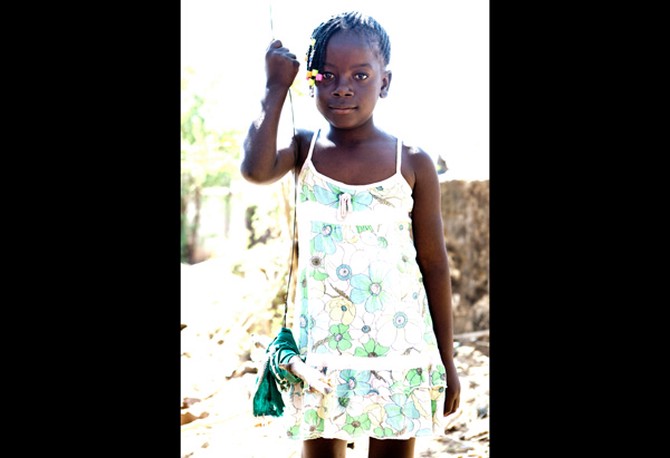
Photo: Jonx Pillemer
Bwalya Liteta, After
After years of being sick and out of school, Bwalya is back in school and thriving. Her favorite subjects are math, English, social studies and science, and she enjoys playing with her friends at school.
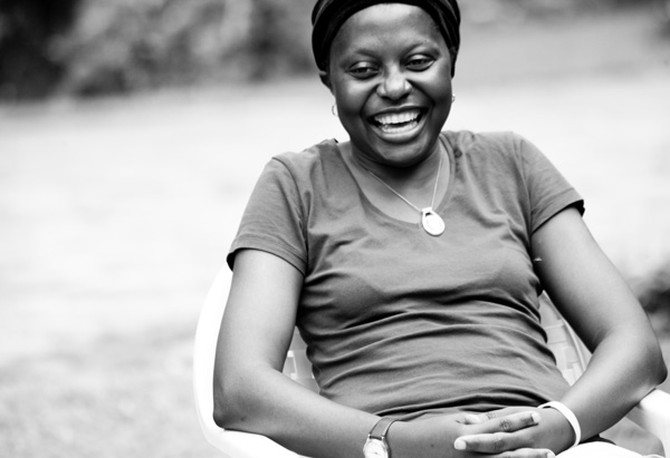
Photo: Jonx Pillemer
Constance Mudenda, Before
Constance Mudenda is 39 years old. After her husband fell ill, she decided to get tested for HIV and was diagnosed in March 2004. She enrolled in the first free ARV program in Zambia and started treatment on October 13, 2004—her birthday.
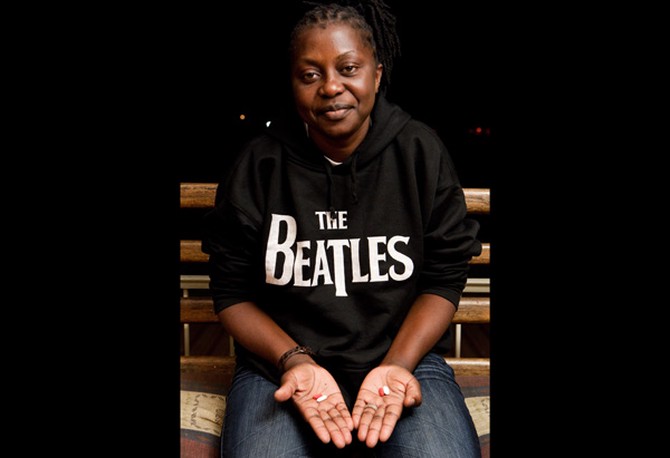
Photo: Jonx Pillemer
Constance Mudenda, After
Constance now works as a peer education supervisor for Center for Infectious Disease Research in Zambia.
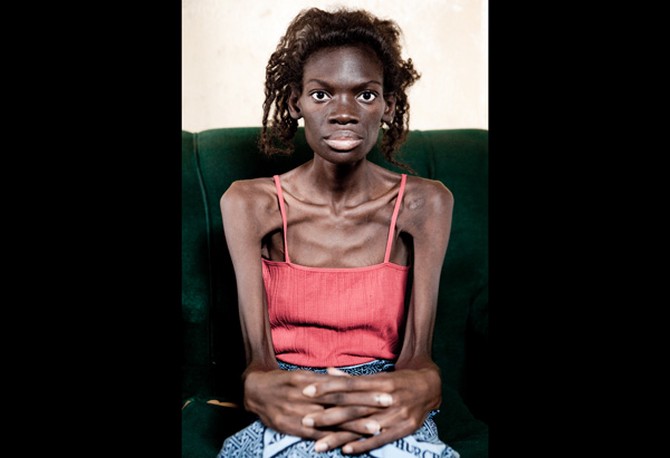
Photo: Jonx Pillemer
Concillia Muhau, Before
Concillia Muhau is 26 years old. She started ARV therapy in 2004, but when she began to feel better, she stopped taking the drugs. In early 2009, she became very ill. At her worst, she weighed just 64 pounds. In March 2009, Concillia started ARV treatment for a second time.
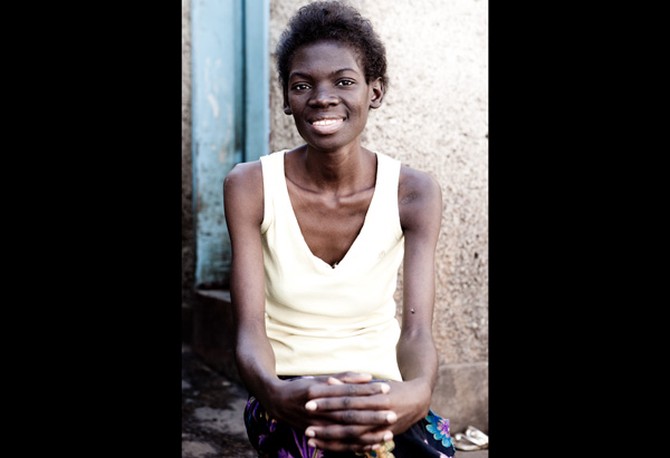
Photo: Jonx Pillemer
Concillia Muhau, After
Now healthy, Concillia recently completed a HIV peer education course at Kanyama Clinic—after encouragement from Constance—and is a volunteer at the clinic educating people about the importance of adherence to medication.
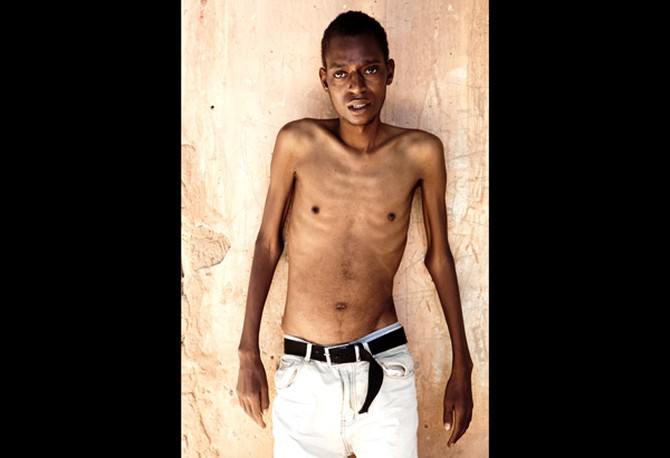
Photo: Jonx Pillemer
Paul Nsangu, Before
When Paul Nsangu—a husband and father of two—was diagnosed with HIV in April 2009, the 28-year-old was so sick he could barely stand. Both of his parents and all of his siblings have died of AIDS-related illnesses.
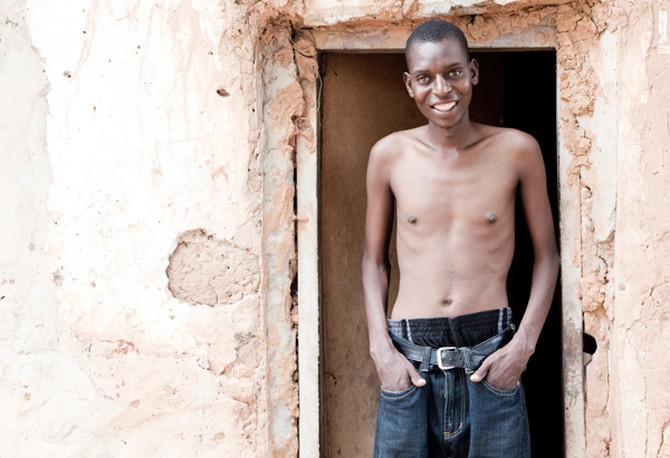
Photo: Jonx Pillemer
Paul Nsangu, After
Shortly after starting ARV treatment, Paul gained strength. He's now strong enough to ride his bike, play pool with friends, run errands like grocery shopping and spend time with his daughter, Emma.
Keep Reading:
Oprah and Bono shop (RED) campaign in Chicago
Anna Kournikova goes back to Russia to educate kids about HIV
Shocking HIV/AIDS statistics from around the world
What every woman needs to know about HIV and AIDS
Keep Reading:
Oprah and Bono shop (RED) campaign in Chicago
Anna Kournikova goes back to Russia to educate kids about HIV
Shocking HIV/AIDS statistics from around the world
What every woman needs to know about HIV and AIDS
Published 05/20/2010

